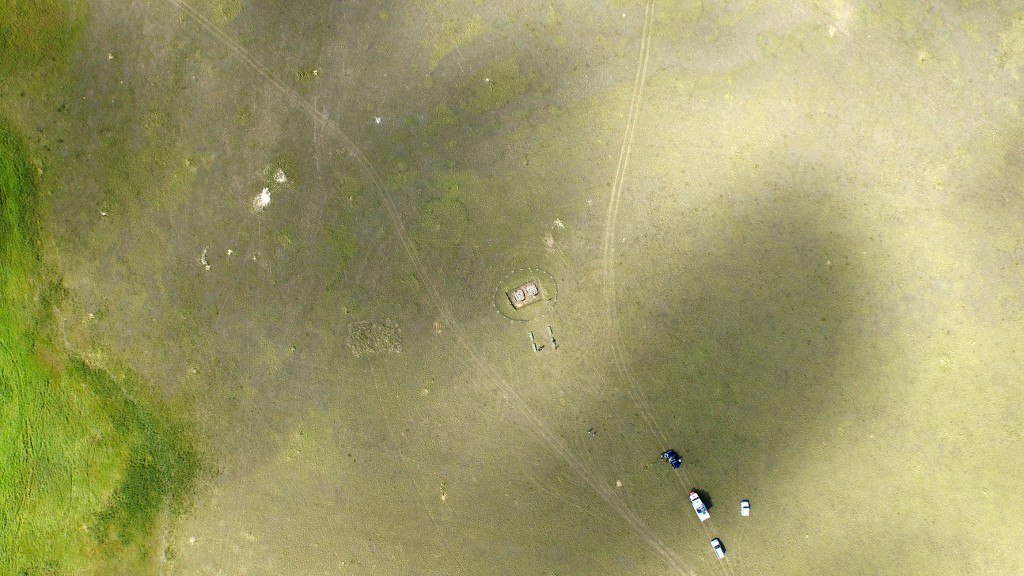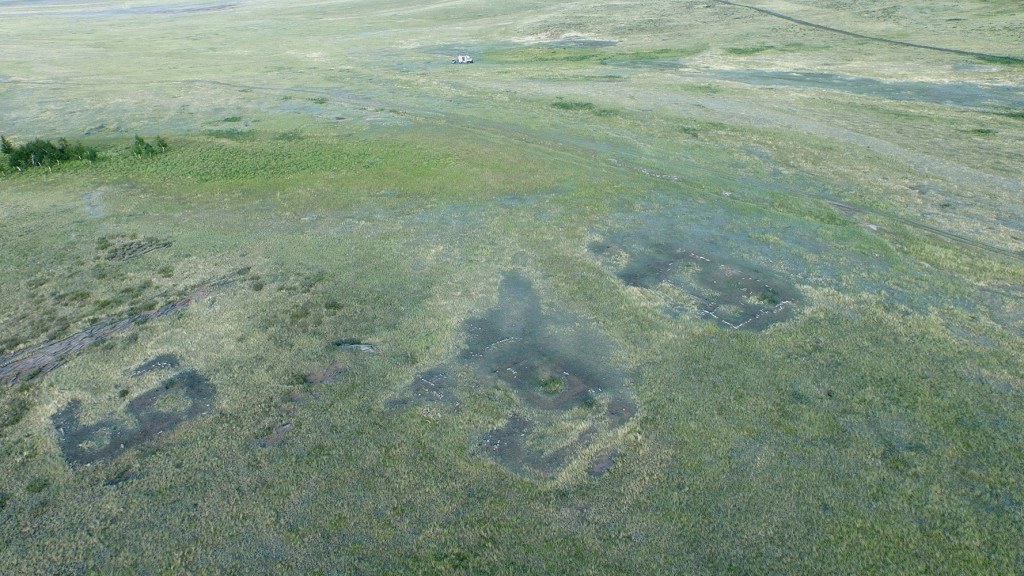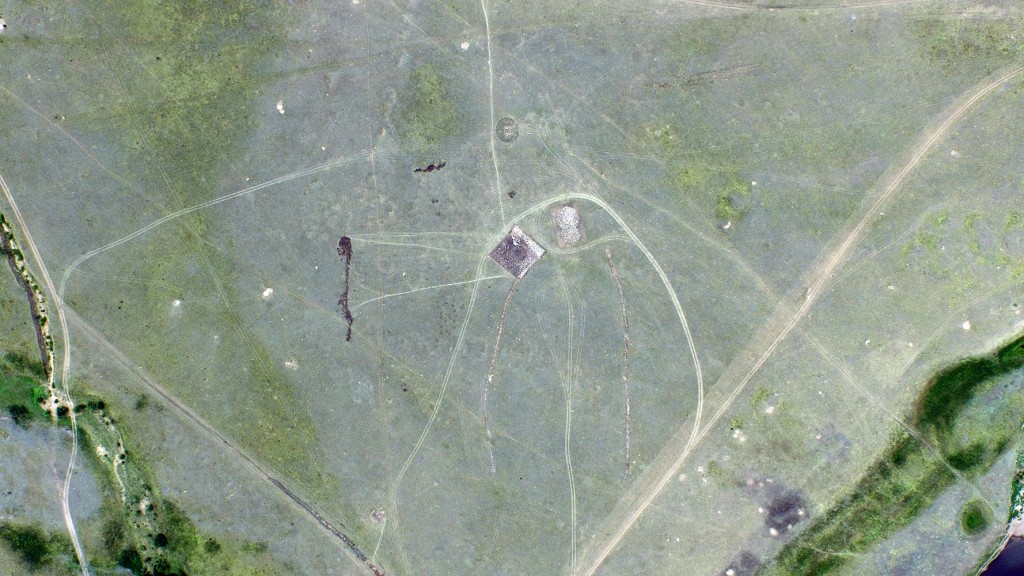News
21 September 2015TIKA supports archaeological digs in Kazakhstan
Turkish Cooperation and Coordination Agency (TIKA) continues its activities to put 2.000-year fossils of Turkish History found at digs in Kumay Archeology Complex located in Ereymentau distinct of Akmola city where is 130 km far from Astana under protection and hand down the next generations to them
TIKA continues its projects in Kazakhstan. In this context, TIKA putting its signature under important projects in different sectors continues its projects especially to transfer Turkish culture to next generation.
With TIKA’s contribution; researches have been started about temples, tombs and city centers from Hun and Gokturk Periods found by Kazakh archeologists since 2009.
On the purpose of the fact that 2.000-year fossils of Turkish history disorganizedly found in Kumay Archeology Complex located near Ereynetau distinct of Akmola city where is 130 km far from Astana; framing activities (cutting metallic fences, cutting metal shelves, boiling process with grey ground coat, assembly of double and shelves) were prepared by TIKA in 2013. In addition to the project; it was shot a documentary about remains of Western Gokturk (Turkic) Khanate in Kazakhstan.
As a result of the archeological digs in Ereymentau province located in 120 km far from Astana, the capital of Kazakhstan; various statuaries, settlements and tombs which belonged to different periods of Turkish history were found. 1000 copies of the book which was written by Dr. Aiman Dosimbayeva and Abdinur Nuskabay in order to introduce the archeological digs carried out by Nazarbayev Center in the Republic of Kazakhstan to the world were published by TIKA.
Remains of Turkish History found in the archeological digs in near Kumay River which is 120 km far from Astana, the capital of Kazakhstan have been examined. According to a statement made by Akdeniz University; archaeological researches have been conducted in the monuments of Turkish Archaeology and Ethnography Complex under the leadership of Prof. Dr. Aiman Dosimbayeva in the framework of “ Turkish Geopolitical Phenomenon: International Project for Origination and Sustainability” of L. Gumilev Eurasian National University in Kazakhstan. Turkish scientists also were invited to the researches supported by TIKA. Assistant Professor of the Department of Art History of Akdeniz University Faculty of Letters Abdullah Karaçağ and Assistant Professor of the Department of Turkish Handicrafts of Akdeniz University Faculty of Fine Arts Ömer Zaimoğlu also played a part in the researches.
From Gokturks to Present
It is planned that researches started in 2012 will be completed till EXPO in Astana, Capital of Kazakhstan in 2017. Totally 40 scientists, including 5 Turkish and 35 Kazakh scientists attended the researches in 2012-2013. Asst. Prof. Dr. Zaimoğlu stating the researches within the scope of the project and how much important the researches are for Turks remarked that Kumay River has archaeologically rich data and reflects a few thousand years old cultural heritage and locates in the region within the boundaries of Buyratau National Park.
Explaining that it is written that Turkish people’s welfare and perpetuity depend on alliance and consecrating and protecting the homeland written in currently available Turkish texts on the monuments which erected in memory of Bilge Khagan and Tonyukuk, Asst. Prof. Dr. Zaimoğlu also said: “it is seen that land, mountain, river and the other resources were blessed in Turkish Inscriptions in Altai, Sayan and Tian Shan. With this understanding, they monumentalized their heroes dedicated themselves to the country and nation. The most well-known ones are numerous Turkish monuments located in Merken and Jaysan in Kazakhstan and in Sary Arqa Steppes in Eastern Kazakhstan. With the archaeological digs conducted and introduced to scientific world for the first time by Prof. Dr. Aiman Dosimbayeva in Kumay Complex, it was discovered that cultural strata had samples which belonged to different periods. All tombs in different types- like remains, fences and cairns belonging to Bronze Age- give opportunity to enlighten all phases of the period. Remains were discovered which were rich to reflect almost all periods’ culture from early first ages to present with findings including “mustached” cairns, Turkish ceremony pairs with one-stoned and double-stoned sculptures (Kuttoren Monuments) from early Iron Age and large scale building remains and special tomb structures from Middle Age.”
Stating that extant ceremony areas which are common heritage of Turks, stone statues and family signatures scratched to walls of fences in the region indicated the idea of blessedness of Turkish lands one more time, Asst. Prof. Dr. Zaimoğlu said: “Researches have been maintained by enlarging the scope of their scientific examination and analytical comprehensions. Restoration and protection of monuments and intention of transformation the area into open air archaeology and ethnography museum are important steps. As a result of the researches, monuments in Kumay River will be carried into future as the old witnesses of Turkish history.







